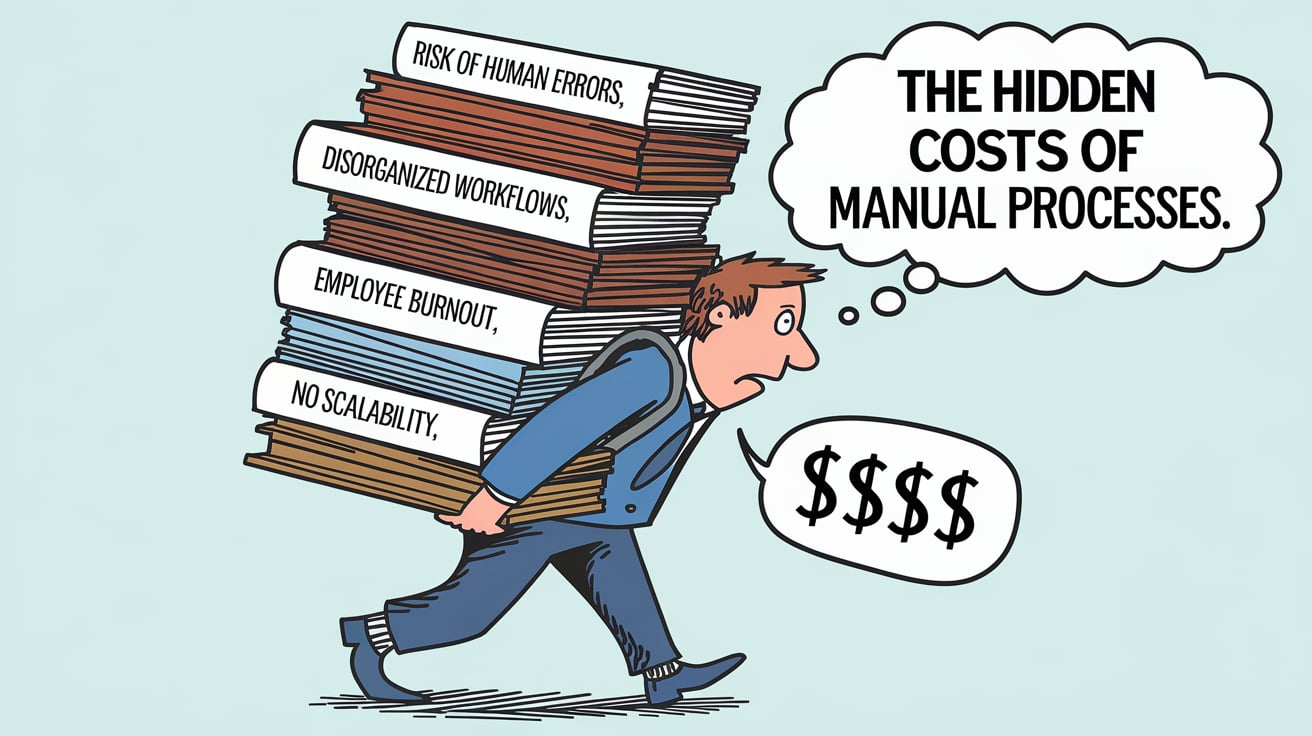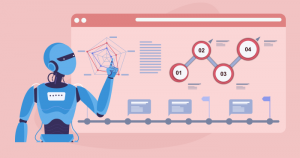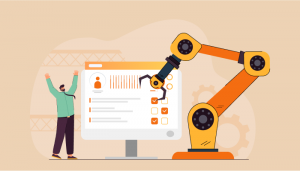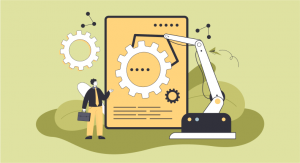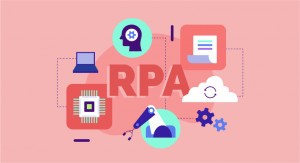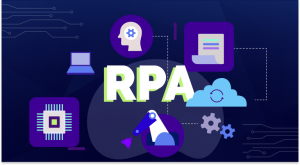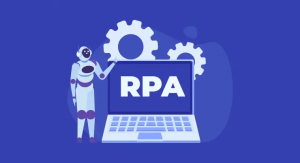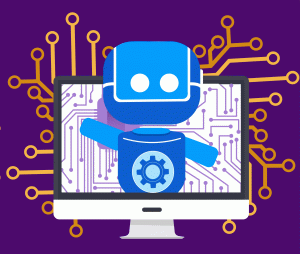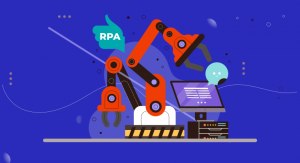Achieve More with Robotic Process Automation Blog
Find information-rich articles, how-to guides, and other useful tips on the Botpath blog.

How to Use Chrome Web Scraper Extension to Extract Data?
These days, you need to be one step ahead of everyone else due to the competitive nature of every activity. In our fast-paced world, you need data, statistics, and information about the newest technological trends. Although there are other techniques to obtain this data, web scraping is a dependable and simple method to do so.

Best Robotic Process Automation Tools of the Year 2023
Robotic process automation (RPA), also known as software robotics, uses intelligent automation technologies to perform repetitive office tasks for humans. In this article, you will see the best robotic process automation tools used by businesses.
Join the SaaS Revolution
-
All-in-One Suite of 50 apps
-
Unbelievable pricing - $14.99/user
-
24/5 Chat, Phone and Email Support
Recent Blogs
Here's what we've been up to recently.

11 Best Robotic Automation Apps for 2023
Robotic Automation Apps are empowered by powerful bots highly capable of scalability and intelligence. The cost-effective RPA tool can independently make decisions based on data insights and statistics. Every organization has various repetitive tasks that are necessary and time-consuming. Adapting the recent technology of robotic automation can help you reach your target goals in a much shorter frame of time. Besides, these tools eliminate the possibility of error from tedious business operations and optimize processes to deliver exceptional results.

Best Alternative to RPA UiPath
Modern businesses have evolved as a result of automation. Additionally, as companies struggle to operate flawlessly in a digital environment, the opportunity to utilize robotic automation in business processes has grown in popularity. Businesses are automating knowledge-based, professional service operations that don't require human interaction with RPA Robotic Process Automation systems.

Best Robotic Process Automation Software in 2023
There are various uses for robotic process automation software, and it may automate processes as straightforward as processing online payments and as complex as carrying out regular security assessments. Organizations can reduce operational costs and focus on optimizing business operations by automating repetitive tasks.

Everything You Need to Know About RPA Technology
Undoubtedly, today's organizations place a great value on efficiency. Regardless of the market size or industry area, organizations look for ways to increase productivity by maximizing efficiency. In this article, you will learn the importance of RPA, its characteristics, features, and benefits.

How Robotic Process Automation Can Help Your Business?
Would you like to save time and money? Improve the effectiveness of your business processes? Learn more here about how you can use robotic process automation to do all that when you implement Robotic Process Automation at your company.

What is Robotic Process Automation?
In this blog we will learn about technology that automates business processes with software robots.Rather than relying on code to do the same boring tasks over and over again, RPA uses a software robot that can mimic human actions just as they would be performed by an employee

Everything You Need to Know About Automated Data Processing
The term "automated data processing" refers to the use of a tool or software application to simplify our data processing functions. This includes managing organizational data processes and transferring large volumes of data regularly.

How Intelligent Automation Can Transform Workflow Processes?
A computerised system that can automatically carry out a set of predefined procedures is known as intelligent automation, and it eliminates the need for employees to perform these tasks by hand. A high volume of processes (such as manufacturing) necessitates the employment of these systems. A human error can potentially compromise the final result, hence it's employed in this case.

5 Ways Intelligent Automation Improves Employee Engagement
One of the methods that are now being used to drive employee engagement is Intelligent Automation. Also known as cognitive automation, this system is used to automate end-to-end business actions and processes, and works with employees to ease up their workload, allowing them to improve their delivery and efficiency. This makes the employee work processes faster and easier, giving them more time to improve their creativity and be more productive, which inadvertently has a positive impact on customers’ experience and the business as a whole.

7 Steps to an Effective Robotic Process Automation Strategy
Robotic Process Automation (RPA) frees up employees working on high-volume, repetitive jobs and allows them to be redeployed on strategic tasks that have greater added value for the firm. We take a look at key steps to implementing an effective RPA strategy


